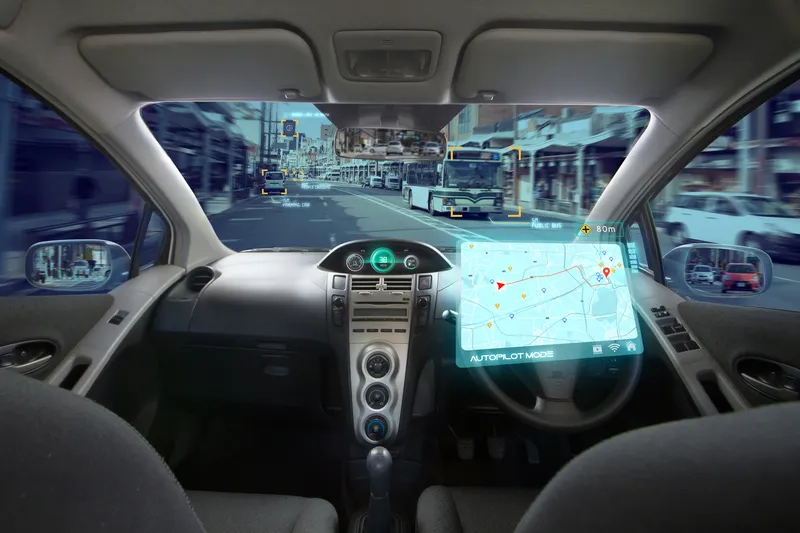Improvements in advanced driver assistance system (ADAS) sensors are driving automation features in original equipment manufacturer (OEM) vehicles. By collaborating with leading technology providers in the autonomous driving space, OEMs have an opportunity to transform into mobility service providers and introduce levels 4 and 5 autonomous cars earlier than expected, say Frost & Sullivan researchers. With several suppliers already at work on over-the-air upgrades, the adoption of this feature is expected be
January 6, 2017
Read time: 2 mins
Improvements in advanced driver assistance system (ADAS) sensors are driving automation features in original equipment manufacturer (OEM) vehicles. By collaborating with leading technology providers in the autonomous driving space, OEMs have an opportunity to transform into mobility service providers and introduce levels 4 and 5 autonomous cars earlier than expected, say 2097 Frost & Sullivan researchers. With several suppliers already at work on over-the-air upgrades, the adoption of this feature is expected before 2025, even for conventional cars.
According to Frost & Sullivan intelligent mobility’s senior research analyst Anirudh Venkitaraman, vehicles will become a living space for entertainment, work or communication, thereby offering scope for a new business model based on individuality. OEMs’ aim of becoming market leaders in terms of technology introduction and adoption will be realised as highly autonomous vehicles are introduced.
The European ADAS market is hindered by legislations delaying the introduction of new technologies, safety mandates enforced on OEMs, and the high cost of system – all of which limit applications to higher-end vehicles. However, as sensors and algorithms become more widely available, systems costs will drop. Legislators across North America and Europe are also actively working to introduce favourable regulations.
“A major challenge for OEMs will be wider market acceptance in terms of customers trusting the technology, while addressing other technical, legal and liability issues in the race toward level-5 automation,” noted Venkitaraman. “Legislations in North America and Europe pertaining to autonomous vehicle technologies are different; hence, OEMs in Europe may need to curtail certain features to meet specific standards in North America.”
According to Frost & Sullivan intelligent mobility’s senior research analyst Anirudh Venkitaraman, vehicles will become a living space for entertainment, work or communication, thereby offering scope for a new business model based on individuality. OEMs’ aim of becoming market leaders in terms of technology introduction and adoption will be realised as highly autonomous vehicles are introduced.
The European ADAS market is hindered by legislations delaying the introduction of new technologies, safety mandates enforced on OEMs, and the high cost of system – all of which limit applications to higher-end vehicles. However, as sensors and algorithms become more widely available, systems costs will drop. Legislators across North America and Europe are also actively working to introduce favourable regulations.
“A major challenge for OEMs will be wider market acceptance in terms of customers trusting the technology, while addressing other technical, legal and liability issues in the race toward level-5 automation,” noted Venkitaraman. “Legislations in North America and Europe pertaining to autonomous vehicle technologies are different; hence, OEMs in Europe may need to curtail certain features to meet specific standards in North America.”








